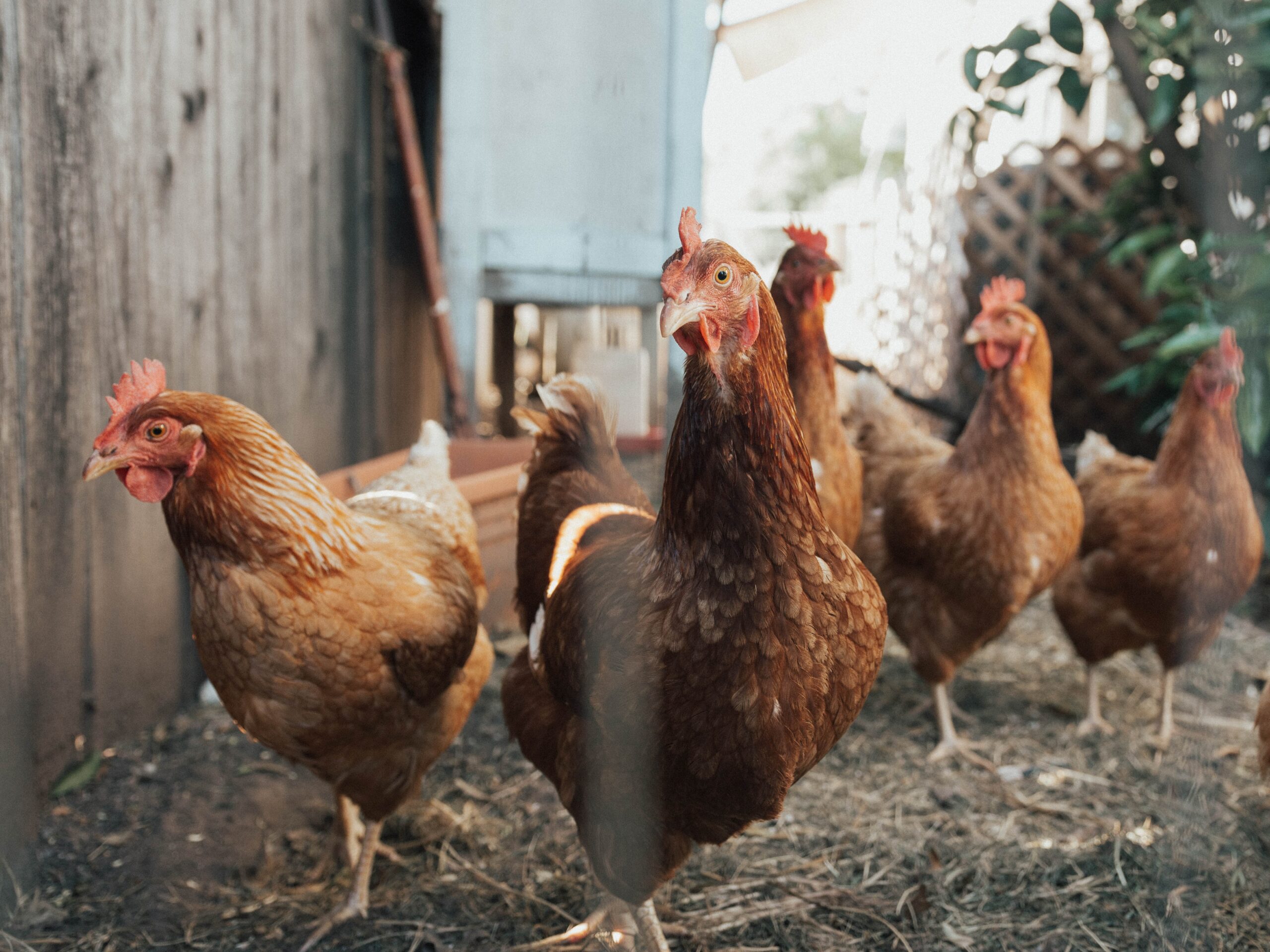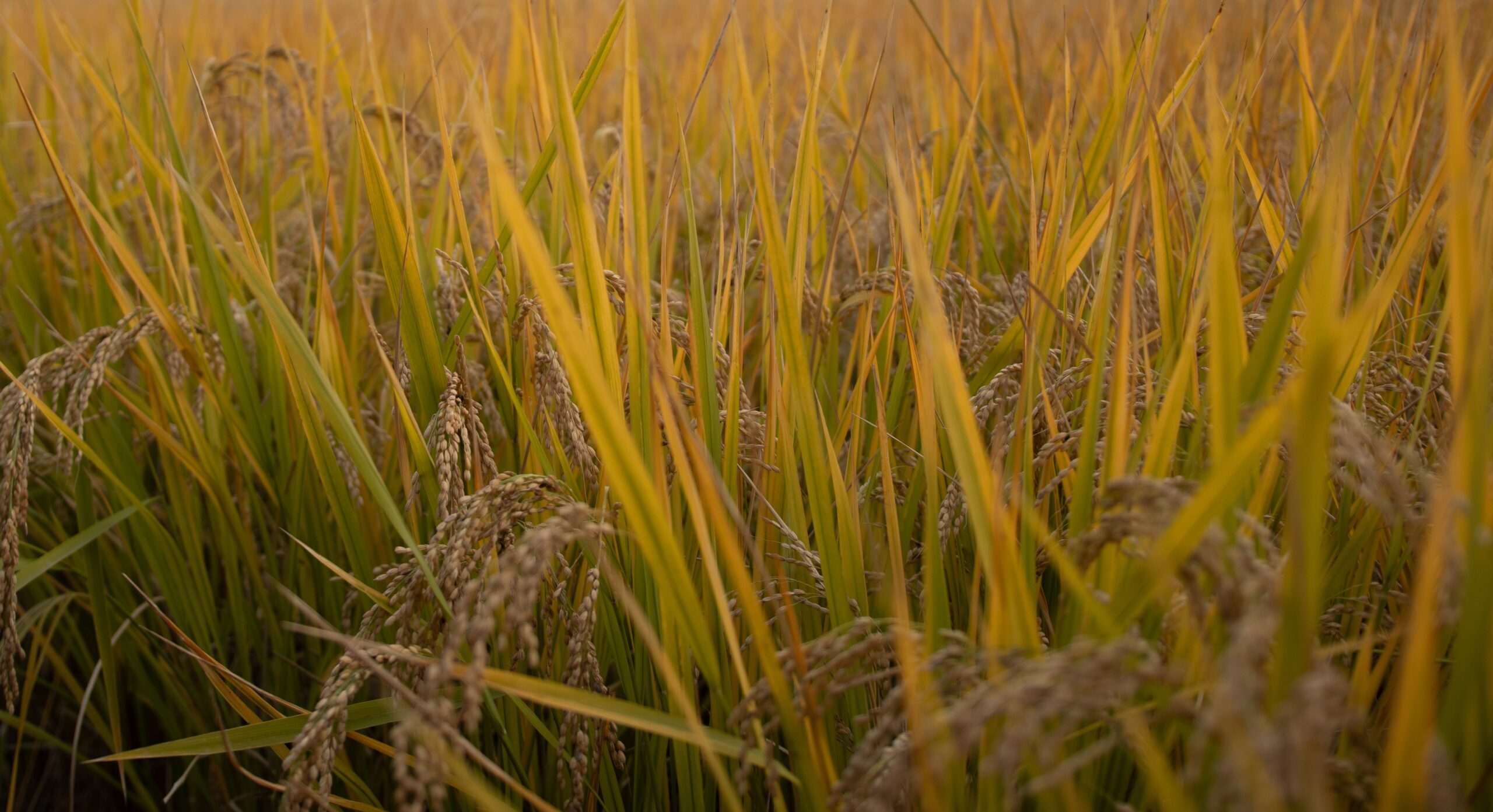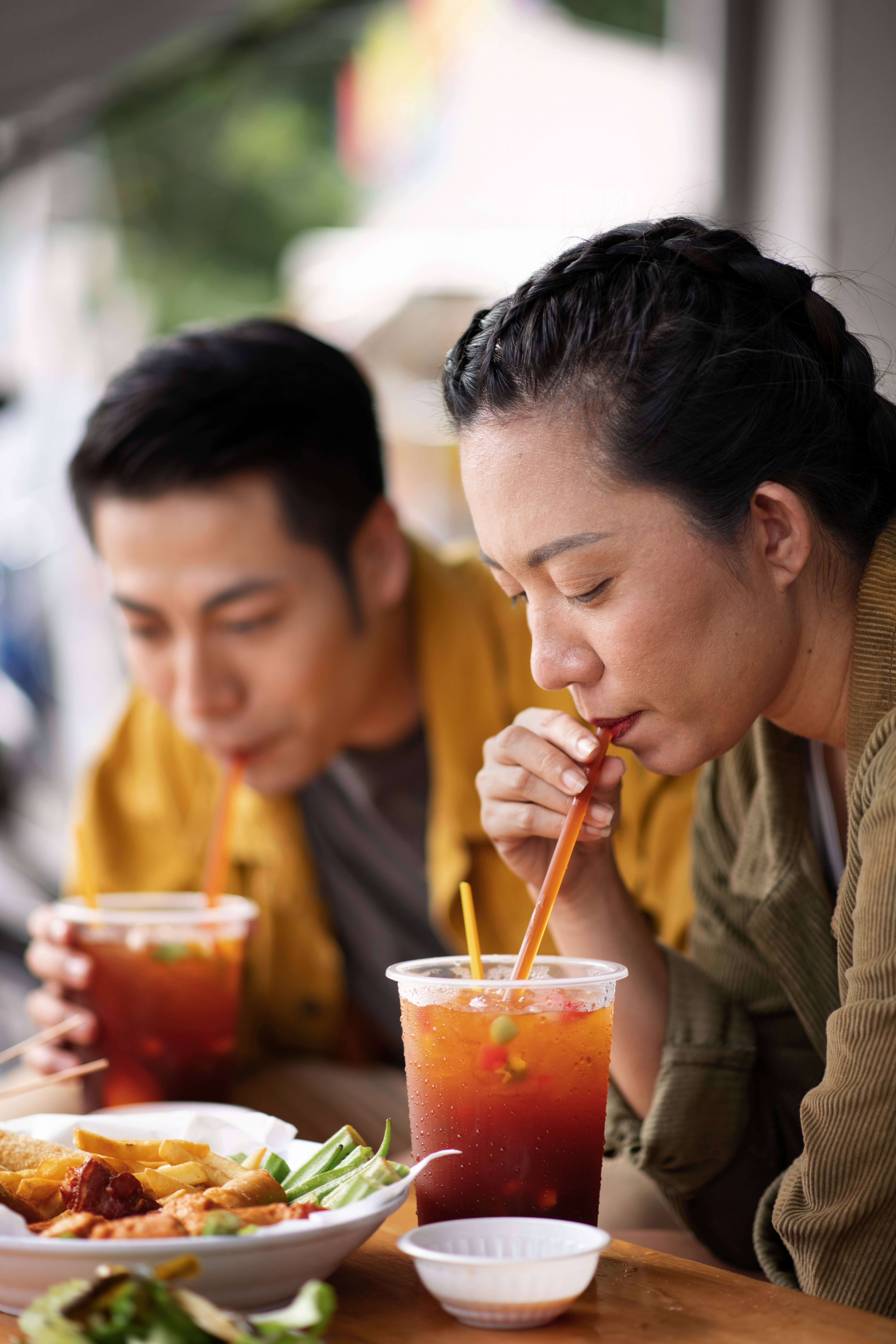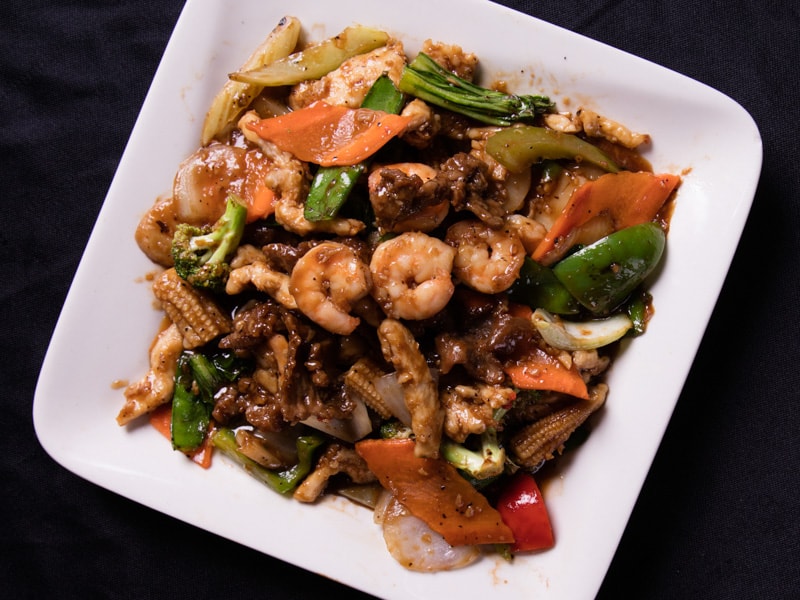If you want to eat Halal food in a Houston restaurant, you don’t have to stick to Pakistani and Mediterranean restaurants. Many other cuisines from around the world may be made Halal. You can also find halal Chinese food.
For example, here at Alings Chinese Bistro, we serve Halal Indo-Chinese food.
What is Halal Food?
A quick detour for readers who don’t know.
Halal translates to “permissible” and speaks of food prepared in accordance with Islamic dietary laws.
This means the meat was handled and slaughtered properly, prayed over correctly, and has been kept away from certain impure substances. Halal foods, such as dairy products, have been kept away from impure substances.
Certain meats are entirely prohibited, such as pork and all its byproducts.
Many readers get halal food confused with kosher food. They are similar concepts but not the same. Kosher food is food prepared in accordance with Jewish law, which does not have exactly the same rules as Muslim law.
What is Halal Chinese Food? What is Halal Indian Food?
With over 200 million Muslims in India and up to 28 million Muslims in China, it should be no surprise that Halal cooking methods should be found in China. It even has its own name: Qingzhen Cai food.
In fact, halal Chinese food has been available in China for over 1,000 years since Islam came to China during the Tang dynasty. Many Arabic people settled in the region, becoming known as the Hui people.
In addition to preparing the food properly, halal Chinese food often combines traditional Middle Eastern flavors with Chinese dishes to create something that is entirely new.
In addition, Indian cuisine almost always adheres to halal guidelines as a matter of course; Islam has been a part of Indian culture since the 7th century.
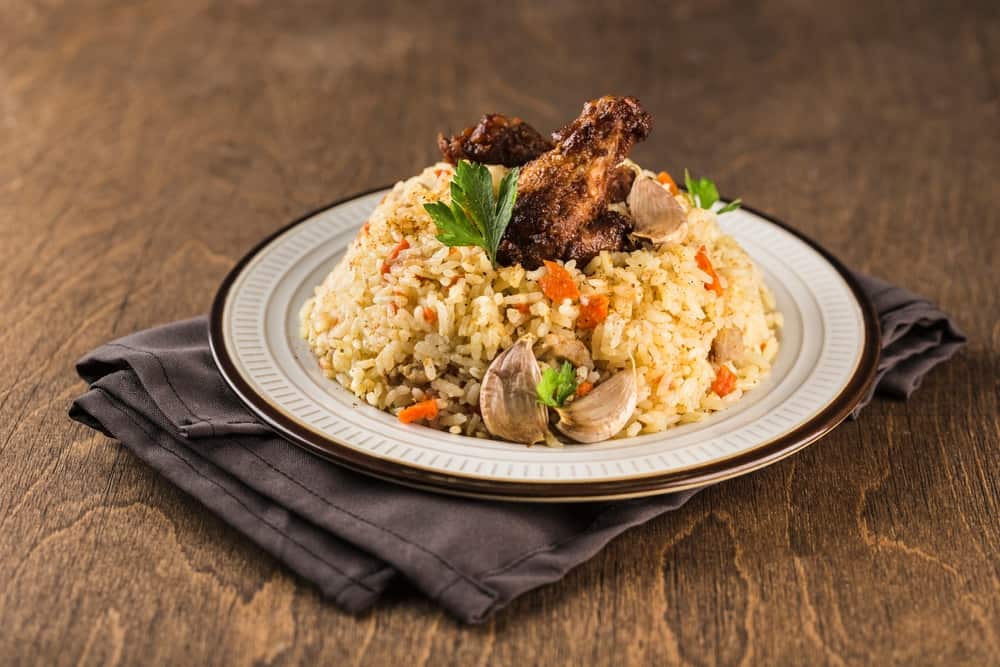
Where can I find a Halal Food Restaurant in Sugar Land, TX?
You can eat Halal Indo-Chinese food (halal Indian food and halal Chinese food) here at Alings Chinese Bistro restaurant. We don’t serve pork products but have a wide variety of properly slaughtered beef and chicken dishes for you to enjoy. We also offer a wide variety of vegetarian dishes.
Try favorites like Chili Beef, Crispy Beef, Manchurian Beef, Garlic Chicken, General Tso Chicken, or an incredible Vegetarian Manchurian. Or, chow down with a Chop-Suey. We’ve been serving up incredible halal meals since 2011, and we couldn’t have done it if we didn’t deliver an incredible flavor profile well worth experiencing.
Don’t miss out on the opportunity to tantalize your taste buds with our exquisite halal Chinese food at Alings Chinese Bistro. Our experienced chefs passionately craft each dish, ensuring it meets the highest halal standards without compromising on flavor. Whether you’re a meat lover or prefer vegetarian options, we have an extensive menu that caters to all palates. Contact us at +1 281-242-0432 to experience the delightful fusion of halal Chinese cuisine. We’re here to help you satisfy your cravings for authentic and mouthwatering halal food.

